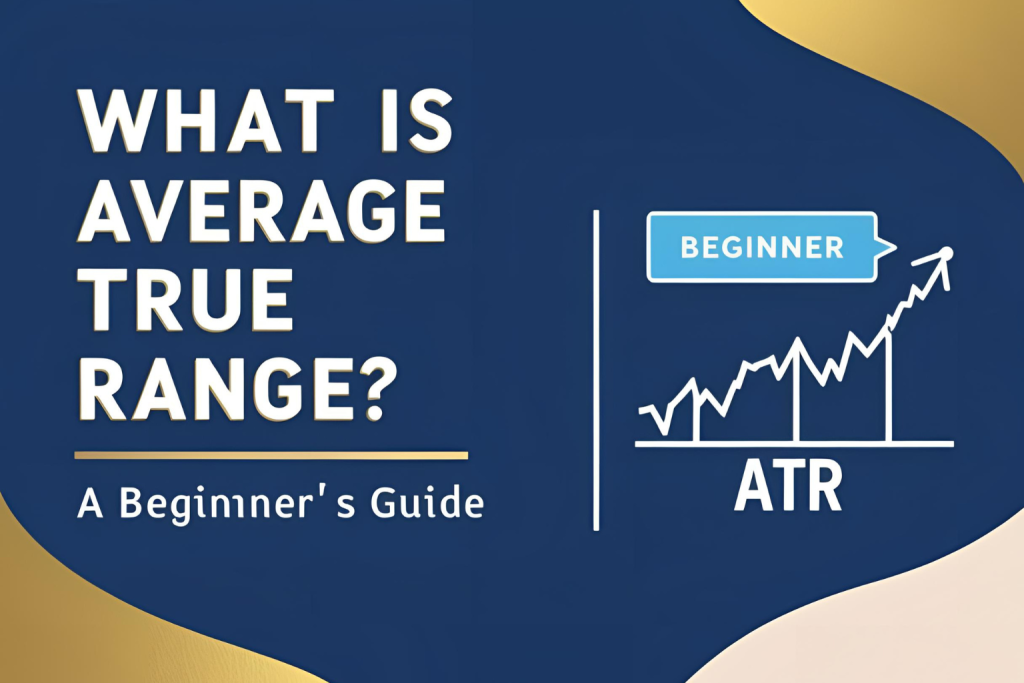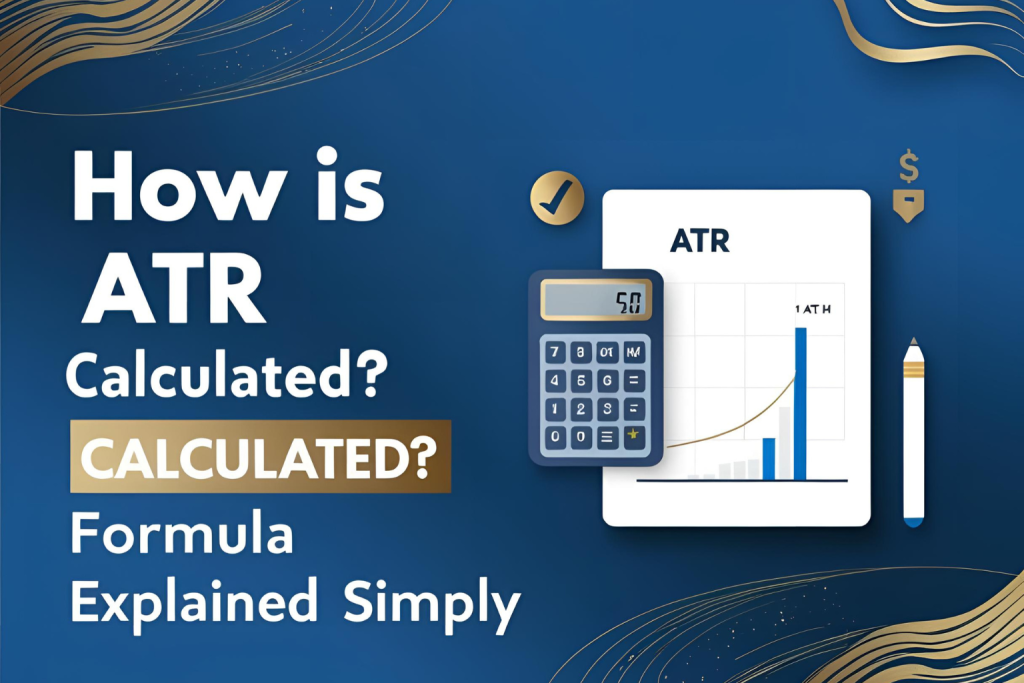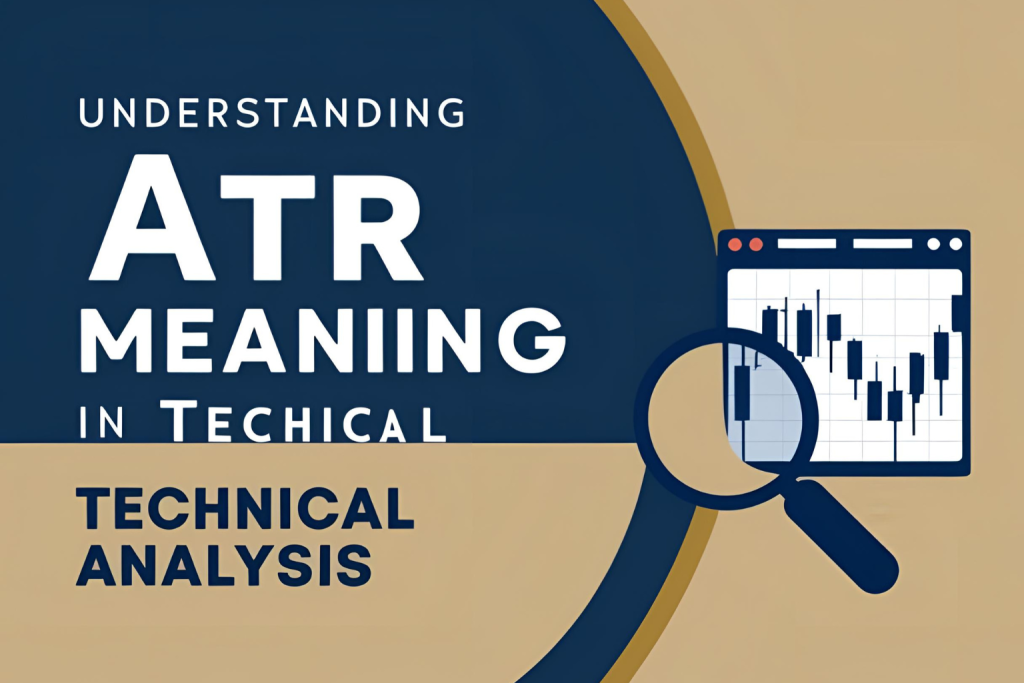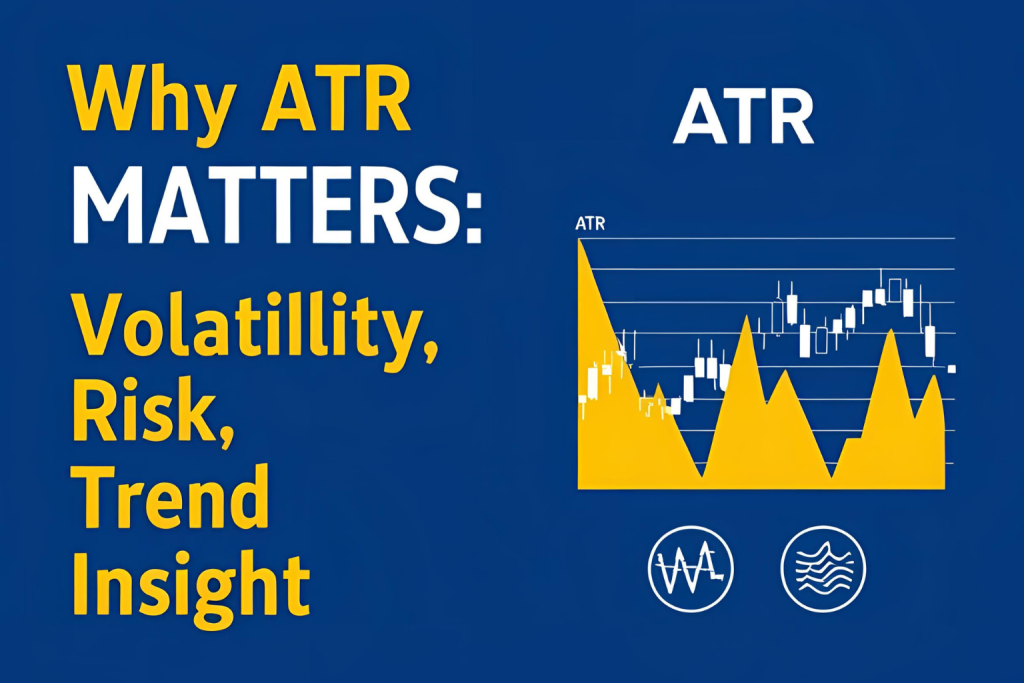The ATR percentage is a valuable extension of the Average True Range (ATR) indicator. While ATR shows absolute price movement, ATR percentage normalizes that data, allowing traders to compare volatility across different assets—regardless of their price levels.
This makes it easier to assess relative volatility and manage risk more effectively.
What Is ATR Percentage?
The ATR percentage expresses the ATR value as a percentage of the asset’s current price.
✅ ATR Percentage Formula:
sqlCopyEditATR % = (ATR / Current Price) × 100
For example, if a stock’s ATR is 2 and its current price is 100:
matlabCopyEditATR % = (2 / 100) × 100 = 2%
This means the asset moves approximately 2% per day on average.
Why Use ATR Percentage Instead of ATR?
- Comparability: You can compare a $20 stock and a $200 stock more easily using ATR percentage.
- Position Sizing: Knowing the percentage movement helps calculate risk on a relative basis.
- Volatility Filtering: Filter assets that meet your desired volatility range, regardless of their price.
How to Use ATR Percentage in Your Strategy
1. Position Sizing
Traders often risk a fixed percentage of their capital. Using ATR%, you can size positions to ensure consistent risk exposure across assets.
2. Strategy Filtering
Want to avoid high-risk trades? Filter out assets with ATR% above your threshold.
3. Stop-Loss Placement
ATR% helps you determine how far a stop-loss should be, based on historical volatility rather than guesswork.
ATR Percentage Benchmarks
| ATR % Range | Market Condition Example |
|---|---|
| 0.5% or lower | Very stable, low-volatility stock |
| 1% to 2% | Moderate volatility |
| 2% to 4% | High volatility (suitable for day/swing traders) |
| Above 4% | Very volatile, potentially risky |
These values are rough guidelines. Always test based on your asset class and strategy.
Final Thoughts
The ATR percentage gives you a powerful edge in trading by helping you compare different instruments on a level playing field. Whether you trade stocks, forex, or crypto, using ATR% helps with smarter position sizing, better stop-loss logic, and cleaner risk management.
✅ FAQs
1. What is a good ATR percentage for swing trading?
Typically between 2% and 4%—it offers movement without excessive risk.
2. Is ATR percentage better than regular ATR?
It’s not better, but more useful for comparing assets with different price ranges.
3. Can I use ATR% for intraday trading?
Yes, especially when comparing multiple stocks or forex pairs quickly.
4. How often should I recalculate ATR percentage?
Ideally daily, or before each trading session if you’re an active trader.
5. Do platforms like TradingView show ATR%?
Some custom scripts or indicators do. Otherwise, you’ll need to calculate it manually.




